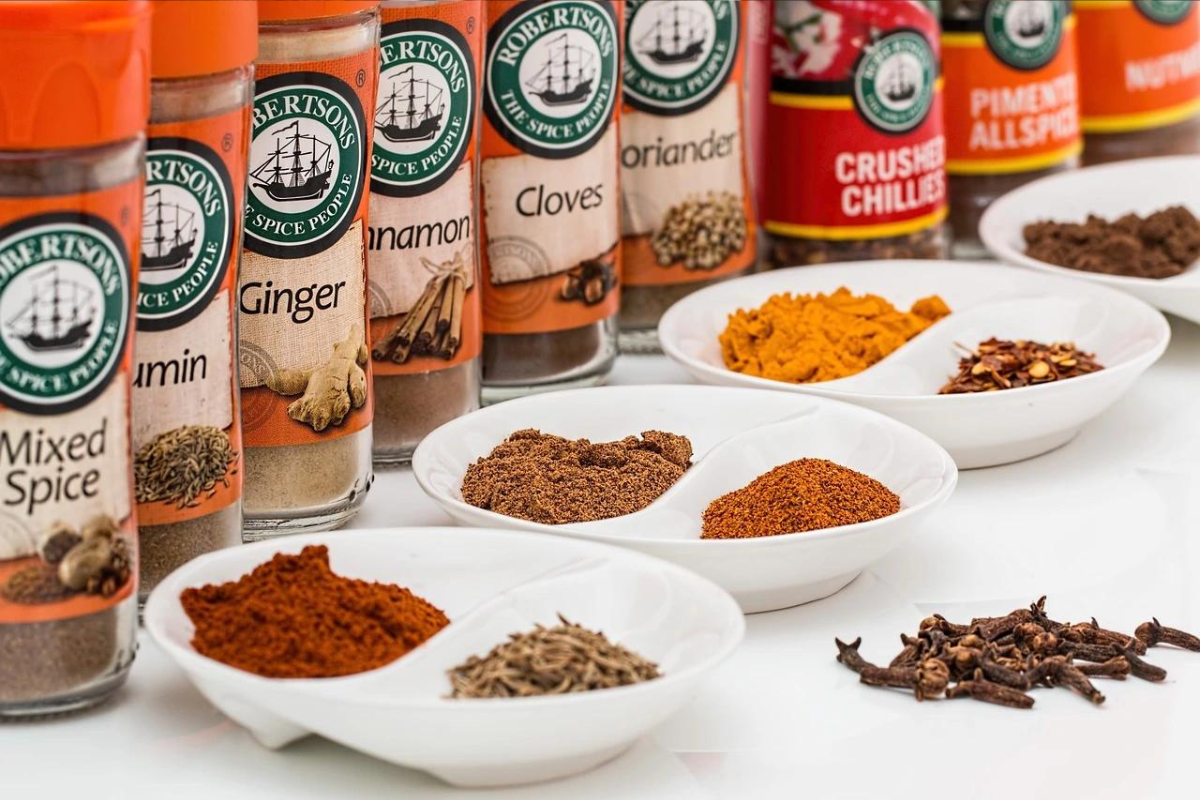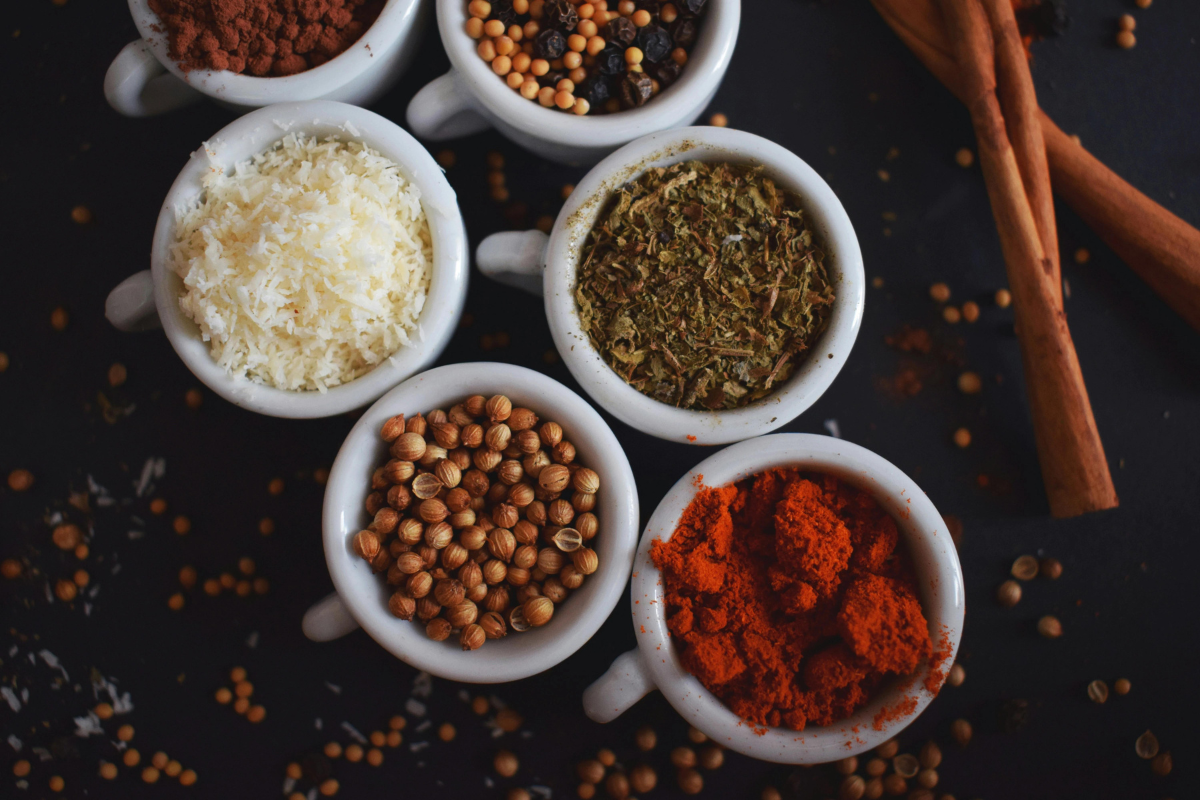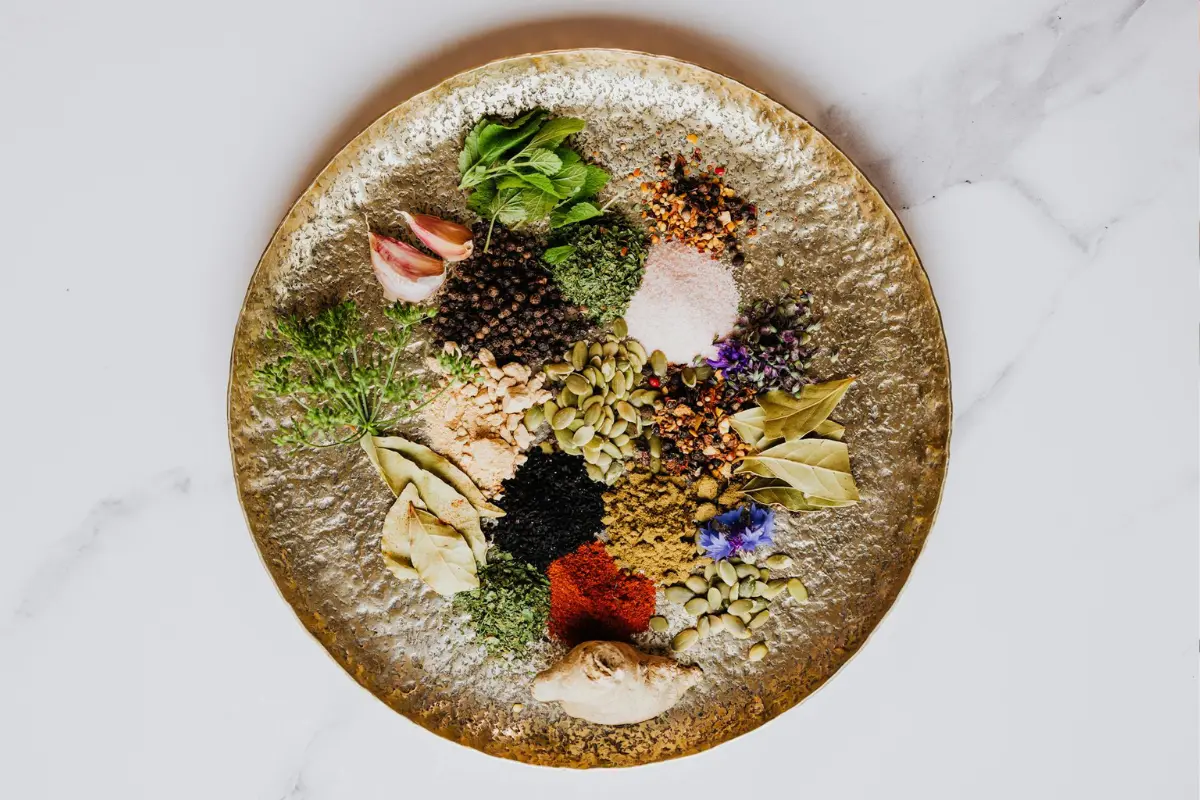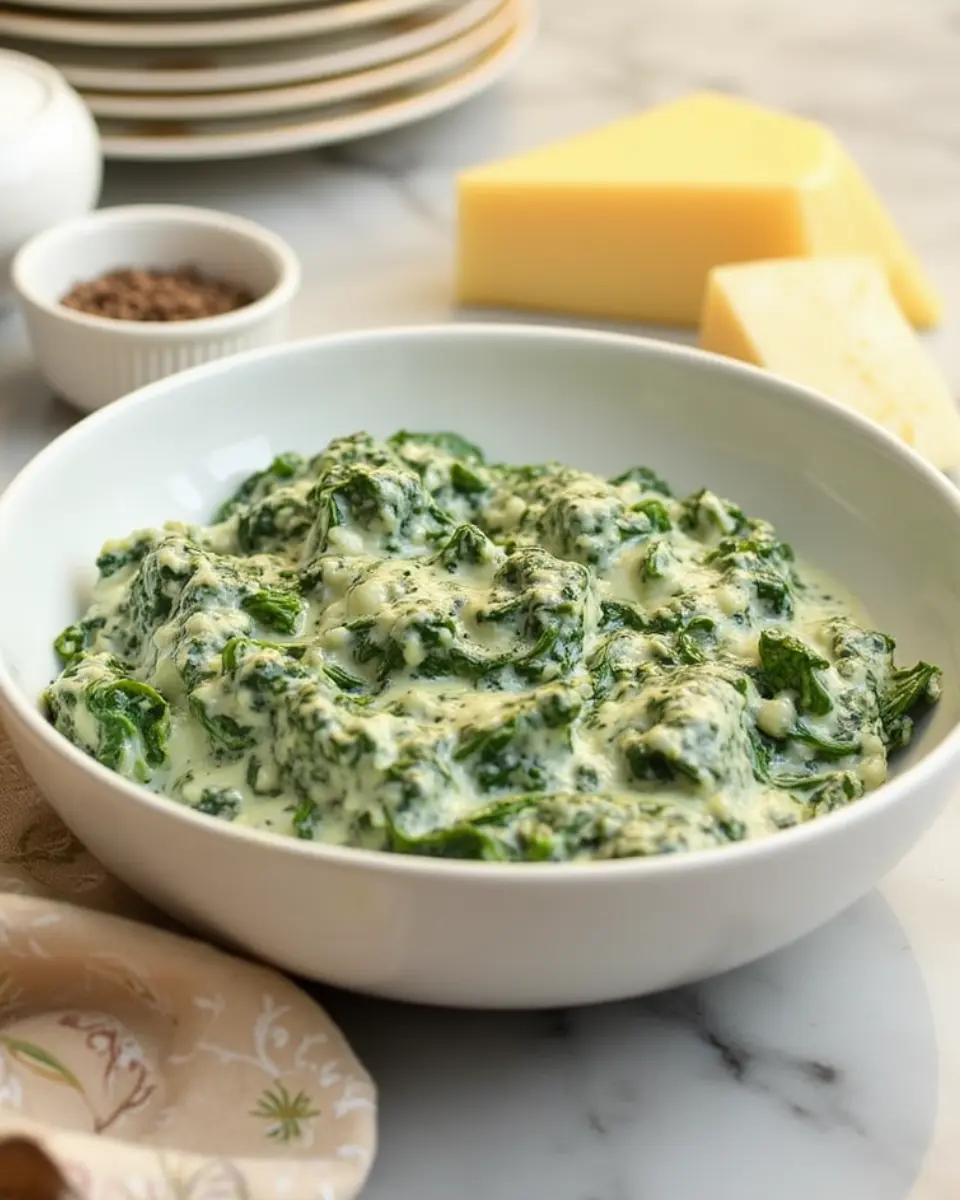Chicken seasoning is the secret ingredient that transforms ordinary poultry into extraordinary meals. Whether you’re a novice cook or a seasoned chef, understanding the art of chicken seasoning can elevate your culinary skills significantly. This comprehensive guide will delve into various types of seasoning, essential ingredients, homemade recipes, and versatile uses. Plus, we’ll answer some frequently asked questions to ensure you have all the knowledge at your fingertips. Let’s spice things up and make your chicken dishes sing with flavor!
Introduction to Chicken Seasoning
What is Chicken Seasoning?
Chicken seasoning isn’t just a single spice but a blend that may include a variety of herbs and spices tailored to enhance the natural flavors of chicken. This seasoning can be as simple or as complex as you like, making it a versatile tool in your kitchen arsenal.
Now, you might wonder, what goes into a typical chicken spice mix? Commonly, it comprises salt, pepper, paprika, garlic powder, onion powder, dried herbs like thyme and oregano, and sometimes, a touch of heat from cayenne or chili powders. These components work together to not only boost the taste but also to complement the delicate texture of chicken, making each bite more enjoyable.
Importance of Chicken Seasoning in Culinary Practices
Indeed, seasoning does more than just add flavor; it’s a crucial element in culinary arts that enhances the dining experience. A well-seasoned chicken can be the star of the meal, enticing with its aroma and flavors. Seasoning is not just about making food tastier; it’s about creating an experience that delights all senses.
Moreover, understanding the role of chicken seasoning can help you better appreciate the cultural aspects of cuisine. Different cultures have their unique blends that reflect their culinary heritage and preferences. For instance, a Mexican chicken seasoning might lean heavily on cumin and chili powder, while an Italian blend might feature fennel and basil.
By mastering the basics of chicken seasoning, you can adapt your dishes to suit any palate, ensuring that your culinary creations are always a hit. Now that we’ve covered the essentials, let’s explore the various types of chicken seasonings available to you. This knowledge will serve as a stepping stone to creating your own custom blends that will impress any guest.








